Blog
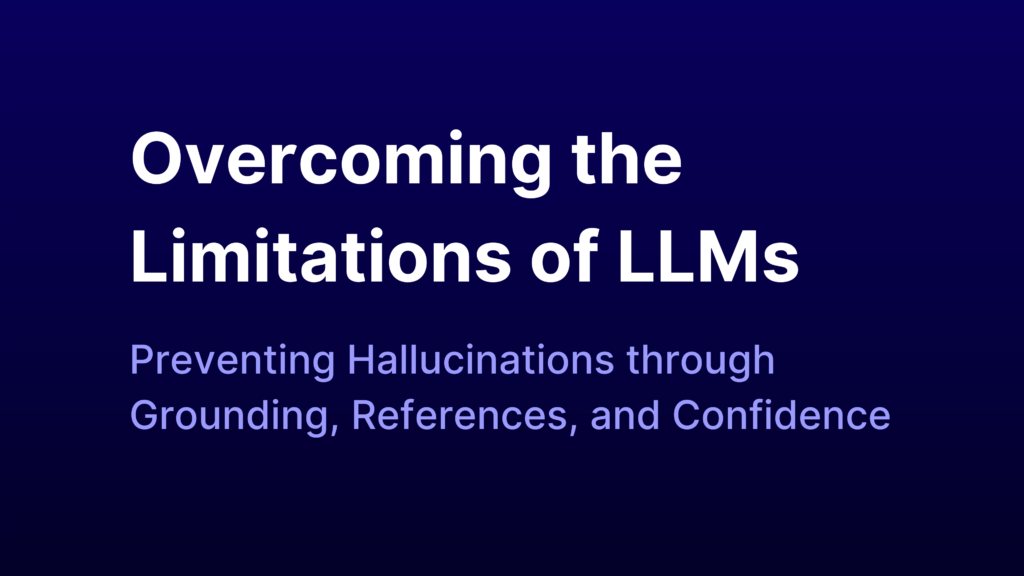
AI Hub
Apr 03, 2025
Overcoming the Limitations of LLMs: Preventing Hallucinations through Grounding, References, and Confidence
AI is rapidly changing how we approach work. Large language models (LLMs) garner a great deal of attention because they…
Read More

AI Hub
Mar 12, 2025
AI Hub March Update: Visual Reasoning, Document Analysis, and Faster App Development
This past month, we’ve added powerful new capabilities that transform how your organization extracts value from unstructured data. The update…
Read More
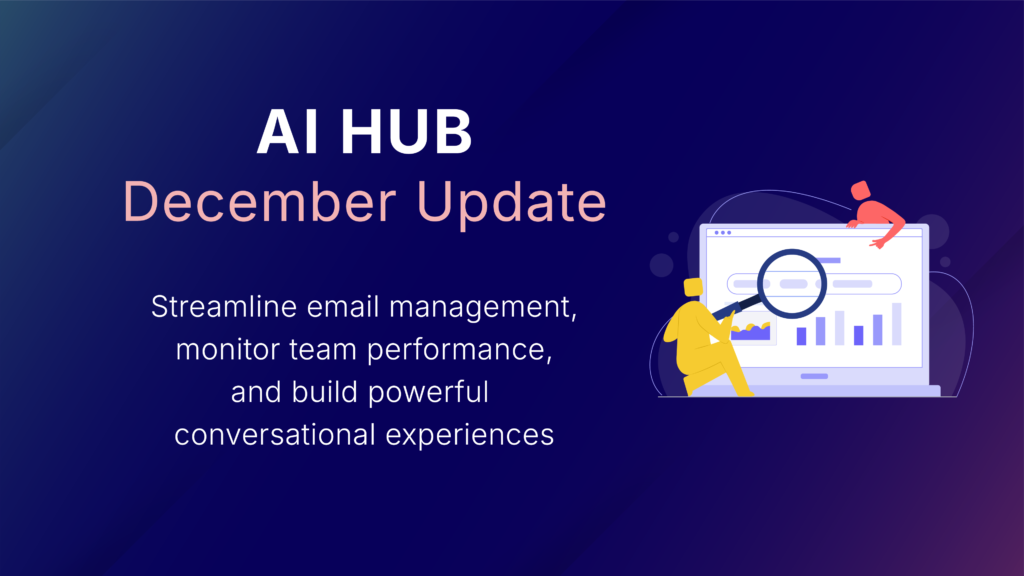
AI Hub
Dec 17, 2024
AI Hub December Update: Streamline email management, monitor team performance, and build powerful conversational experiences
As 2024 draws to a close, AI Hub continues to deliver cutting-edge tools and features designed to optimize workflows, enhance…
Read More
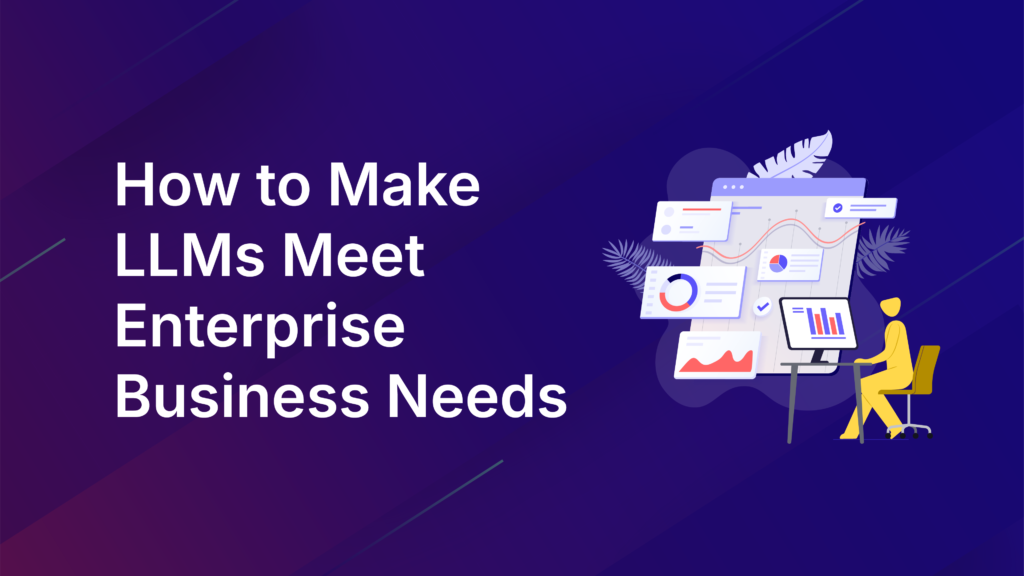
AI Hub
Dec 17, 2024
How to Make LLMs Meet Enterprise Business Needs
Although large language models (LLMs) are powerful, they’re not perfect. By themselves, LLMs fall short in certain situations and need…
Read More
Read the latest blog articles
Sort By
Category
Industry

AI Hub
Apr 03, 2025
Overcoming the Limitations of LLMs: Preventing Hallucinations through Grounding, References, and Confidence
AI is rapidly changing how we approach work. Large language models (LLMs) garner a great deal of attention because they…
Read More

AI Hub
Mar 12, 2025
AI Hub March Update: Visual Reasoning, Document Analysis, and Faster App Development
This past month, we’ve added powerful new capabilities that transform how your organization extracts value from unstructured data. The update…
Read More

AI Hub
Dec 17, 2024
AI Hub December Update: Streamline email management, monitor team performance, and build powerful conversational experiences
As 2024 draws to a close, AI Hub continues to deliver cutting-edge tools and features designed to optimize workflows, enhance…
Read More

AI Hub
Dec 17, 2024
How to Make LLMs Meet Enterprise Business Needs
Although large language models (LLMs) are powerful, they’re not perfect. By themselves, LLMs fall short in certain situations and need…
Read More
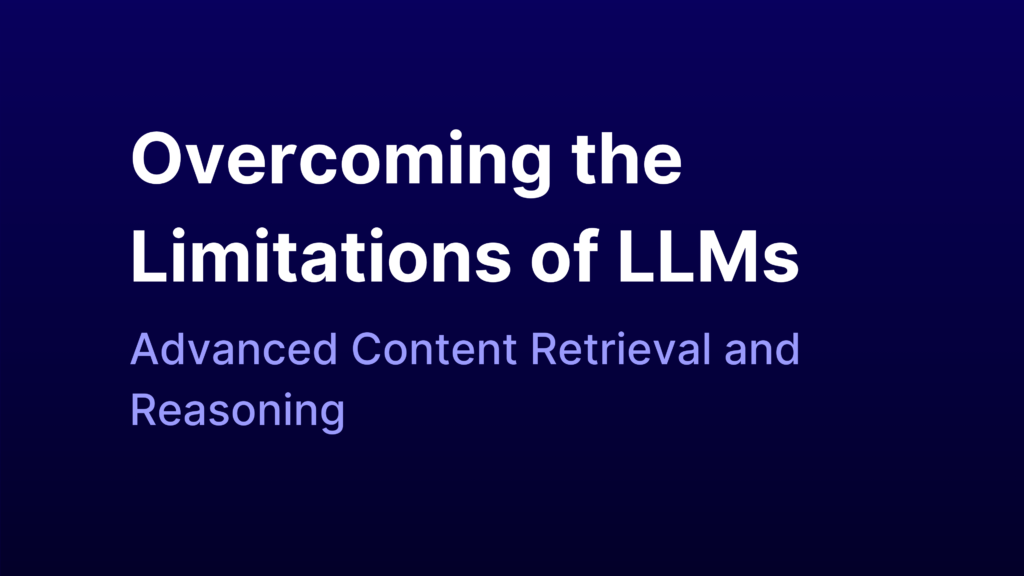
AI Hub
Dec 10, 2024
Overcoming the Limitations of LLMs: Advanced Content Retrieval and Reasoning
Modern business runs on data — often found in a variety of unstructured documents. Effectively managing and understanding vast volumes…
Read More
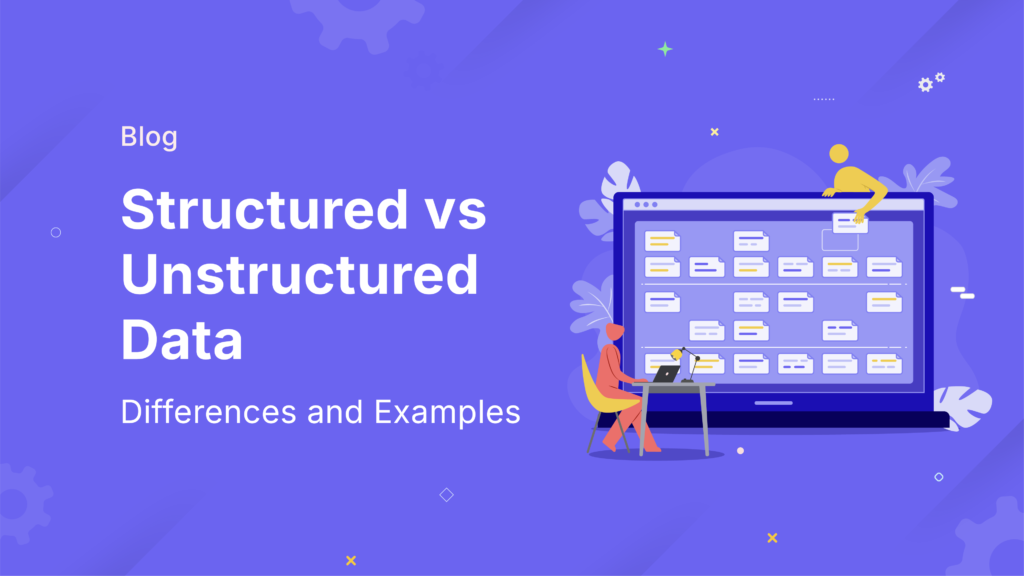
Automation
Dec 02, 2024
Structured vs Unstructured Data: Differences and Examples
Every company has structured and unstructured data. Both types of data are valuable, and the difference between them matters more…
Read More